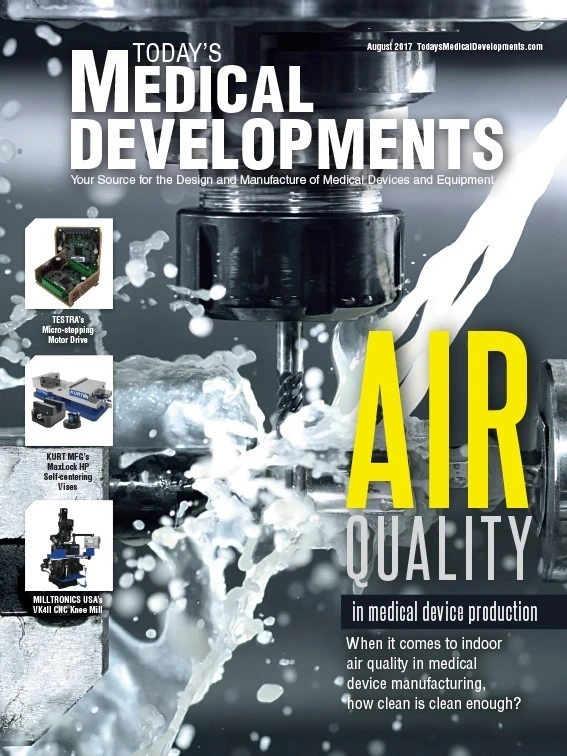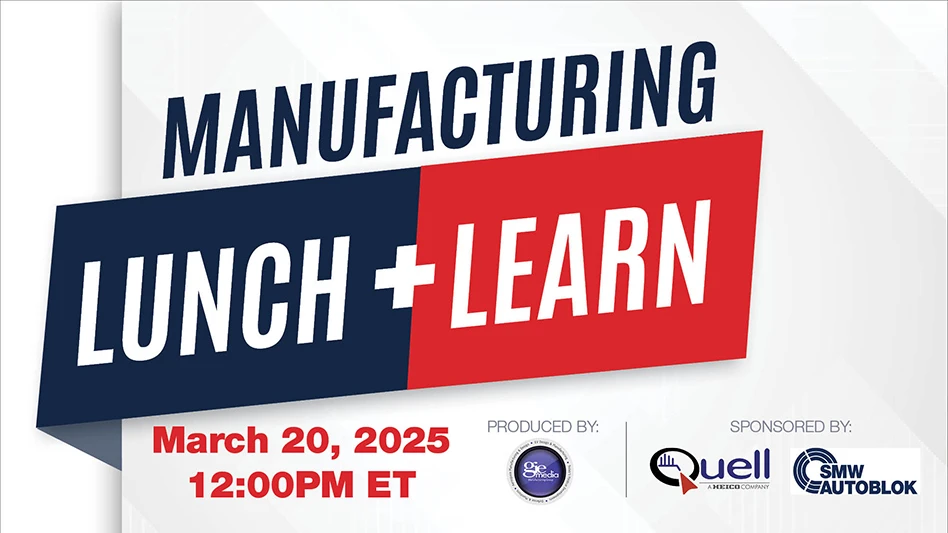
Having covered medical designing and manufacturing for more than two decades – yet I’m still 29 – means every day I’m reading and learning about new medical device startups; research & development at universities; government funding to advance technology, materials, and processes; and recent U.S. Food and Drug Administration (FDA) approvals.
I never tire of it.
This is what enables people to live longer, healthier, and more productive lives. Whether it’s helping orthopedic surgeons repair breaks and replace joints (see pg. 28), ensuring a premature infant can breathe (see pg. 36), or 3D-printed bones, cartilage, and organs that function as naturally as real ones (see pg. 42), advancements continue to occur at break-neck speed.
Some of the developments occurring are really pushing the boundaries for advancing treatments, addressing diseases, and changing or saving lives. For example, DARPA’s Neural Engineering System Design (NESD) program aims to develop a high-resolution neural interface.
In a recent statement about the project, Phillip Alvelda, founding NESDA program manager, says the program looks ahead to a future in which advanced neural devices offer improved fidelity, resolution, and precision sensory interface for therapeutic applications. This will help researchers deepen their understanding of the brain’s underlying biology, complexity, and function (https://goo.gl/zqnsPD).
The teams will develop the fundamental research and component technologies, working to integrate them to create and demonstrate working systems able to support potential future therapies for sensory restoration. Four of the teams will focus on vision and two will focus on aspects of hearing and speech. Among the many disciplines represented in the teams are neuroscience, including low-power electronics, photonics, medical device manufacturing and packaging, systems engineering, mathematics, computer science, and wireless communications.
Another device that recently caught my attention is a wearable ear sensor that measures core body temperature in real time, considered one of the most basic medical indicators for health. Variations can signal a range of health conditions as well as indicating insomnia, fatigue, metabolic function, and depression. Here too, design and manufacturing collaborate with research and development – the device integrates data processing circuits, a wireless module, and an infrared sensor in a 3D printed device. Customizable for a comfortable fit in the ear, researchers also include an embedded microphone to capture and transmit sounds to the user’s inner ear. A Bluetooth module transmits data to a custom smartphone app (https://goo.gl/Uu9SWE).
Every day, developments such as these are taking place, headed toward commercialization with the hope of improving more lives. I have many family members, friends, and coworkers benefiting from today’s technology – some have new knees, hips, and shoulders; one is staying one-step ahead of her life-shortening cystic fibrosis because therapy can now be done at home; another has been living day-to-day with an left ventricular assist device (LVAD) awaiting a heart transplant. Send me an email and let me know what medical devices make you grateful they have been developed and are available thanks to medical device researchers, designers, and of course, manufacturers.~ Elizabeth

Explore the August 2017 Issue
Check out more from this issue and find your next story to read.
Latest from Today's Medical Developments
- Kistler offers service for piezoelectric force sensors and measuring chains
- Creaform’s Pro version of Scan-to-CAD Application Module
- Humanoid robots to become the next US-China battleground
- Air Turbine Technology’s Air Turbine Spindles 601 Series
- Copper nanoparticles could reduce infection risk of implanted medical device
- Renishaw's TEMPUS technology, RenAM 500 metal AM system
- #52 - Manufacturing Matters - Fall 2024 Aerospace Industry Outlook with Richard Aboulafia
- Tariffs threaten small business growth, increase costs across industries





